
In Roman times the Civitas was fortified by huge walls, below which there were large open spaces, characterized by many caves and large boulders, so the two old districts were named Sassi (Stones).
During the Roman period were built here some "rural houses" that over time, especially during the Middle Ages, were expanded binding themselves to Civitas, creating two districts: the "Sasso Caveoso" and the "Sasso Barisano."
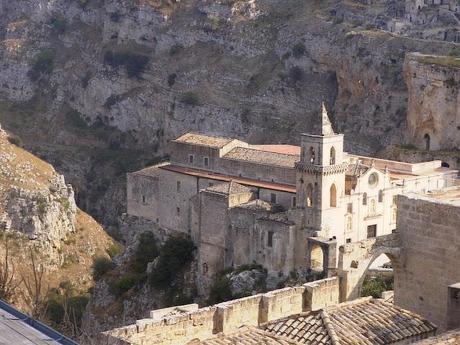
With the city built has always been a Matera dug in caves, a striking and surprising place.
The period in which the activities in the rock caves had a great vitality started from the seventh century AD and sees the massive presence of the Benedictine and Greek Byzantine monastic communities. Greek Byzantine monks took from their places of origin (Cappadocia, Anatolia, Armenia, etc.) their knowledge of living in the cave, which has been merged with the skills of local people in the excavation of tuff.
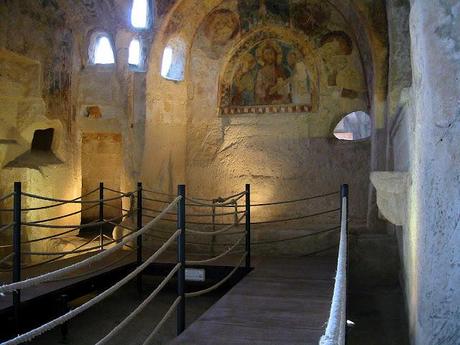
This way are made the chapels, churches, convents, all excavated in the rock.
The inhabitants of the Stones (the two ancient neighbourhoods), until the economic conditions were favorable, they built "above ground", using the caves as storehouses, cellars and stables.
In 1663 Matera, from Otranto Lands to which he belonged, was inserted in the province of Basilicata and became the capital until 1806, when it has been stripped of power.
This was the most prosperous period of the city.
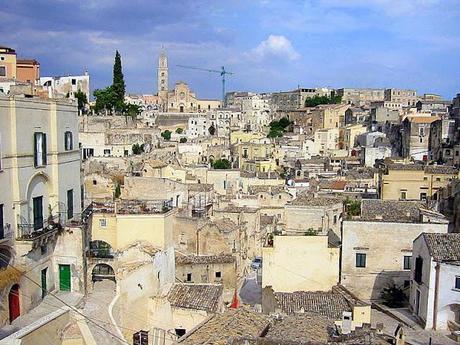
From the first decade of 1800 until 1952, the city has gone through a period of decline, both for the many crises of the agricultural economy and the loss of its political and administrative role.
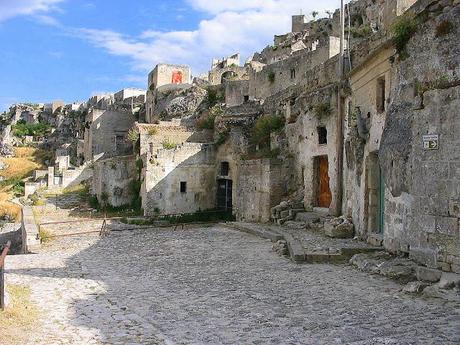
Poverty was severe enough to push the poorest citizens to live in caves, equipped to accommodate both people and animals.

This miserable way of life survived until 1952 when, with the first of the special laws on the Stones wanted by Alcide De Gasperi (an important Italian politician), has initiated the transfer of over 15,000 people into new districts, purpose-built in the modern city.
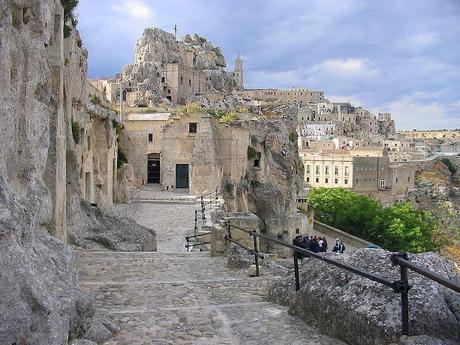
The cave dwelling of Vico Solitario, not to forget the past
Near Piazza San Pietro Caveoso, we find one of the most spectacular ancient city ways, named Vico Solitario, where is a striking Cave House, now become a city museum, that represents the only opportunity to realize what was the daily life of poor families in the houses of Matera dug the Sasso Caveoso district.

A large rock cavity is framed by the arch of the entrance to the Cave House, the only thing built that relies on the cave, in which the home was obtained. The latest amendments to the prospectus is dated back to 1700. In the only room, partly excavated and partly built, just the furnishings create a division of the virtual space.
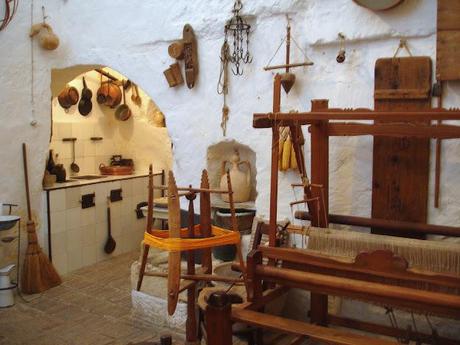 We can imagine a poor and simple life style, including a miserable stove in a corner and, at the center of the house, a small table with a single plate, from which all used to ate.
We can imagine a poor and simple life style, including a miserable stove in a corner and, at the center of the house, a small table with a single plate, from which all used to ate.
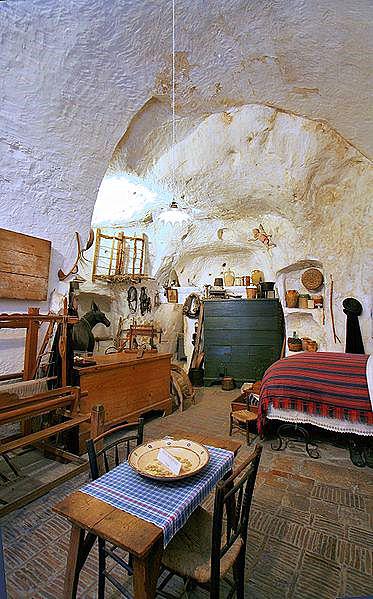 The bed consisted of two iron trestles, which rested on planks of wood and and a mattress stuffed with corn leaves (very high, to save the mattress from the damp floor and to use the space below, usually home to a hen with chicks and place where to keep several things). Opposite the bed, between the rock walls, was the stable with the manger which housed the mule. In addition there was a small partition, with the other stable, where are still visible a manger, the quarry of tufa, from which were obtained blocks of tufa, and a circular cavity used as a manure pit or storage area for the straw.
The bed consisted of two iron trestles, which rested on planks of wood and and a mattress stuffed with corn leaves (very high, to save the mattress from the damp floor and to use the space below, usually home to a hen with chicks and place where to keep several things). Opposite the bed, between the rock walls, was the stable with the manger which housed the mule. In addition there was a small partition, with the other stable, where are still visible a manger, the quarry of tufa, from which were obtained blocks of tufa, and a circular cavity used as a manure pit or storage area for the straw.

There was also a rainwater collection system. Clearly visible are the channel and the tank in which rain water was piped from outside the dwelling.
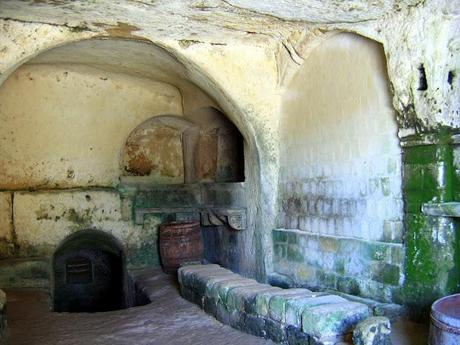
Near the house there are also an ancient cave neviera (here the snow, in Italy called neve, was collected and used for food storage), a natural cave and a rock church dating back to the IX - X century AD
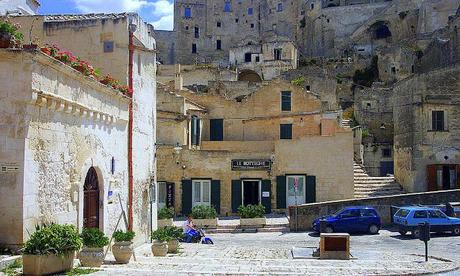
How Pettole were born.
A woman had prepared the dough for the bread and began to rise, when it was called by a neighbor. The two began to chat amiably. They were not seen eachother for several days and had many things to tell. The woman was taken in his speeches, forgiving that he had made the dough rise for bread. She remembered this too late: the dough, yeast too, was no longer good for bread. It had to be thrown away. The poor woman, sorry for the trouble, had not the courage to waste all that dough. Then she thought to do an experiment: she tried to fry the dough in the form of chopped donuts. The result was surprising: tasty donuts. Thus were born, by a woman mistake, the "pettole" of Matera, then they spread throughout the region. There are two versions of pettole: the savory, which can contains tasty ingredients in the dough (black olives or broccoli or tomatoes, peppers, etc.) and the sweet version, which can be enriched in different ways depending on various traditions.

SWEET PETTOLE Ingredients:
(Serves 6)
For the dough
600 g. flour, 30 g. of bread yeast, a pinch of salt
For the filling:
400 g. ricotta cheese, 150 g of sugar, a pinch of ground cinnamon, grated rind of half a lemon.
To decorate:
Powdered sugar, melted honey, oil for frying.
Preparation:
Dissolve yeast in warm water.
Mix flour with yeast, salt and warm water until the dough is soft but consistent.
Cover the dough with a damp cloth and let rise for an hour.
In a bowl, the ricotta cheese with cinnamon, sugar, grated lemon zest, to make a paste.
Heat plenty of oil in a pan rests.
Create cavities in pieces of dough, fill with ricotta and close them.
Fry the pettole.
Drain pettole from oil and garnish them with melted honey or powdered sugar.
https://amorbis.infusionsoft.com/go/tin/conniermn/

